A country without a dress code has become a fashion free-for-all—making heads turn around the world.
Thinking of Israel, many the outsider envisions women shrouded in all-encompassing, oppressive draped cloths, desert garb, primitive fabrics, dark men with ink-lined eyes and bearded faces. But while Israel has its fair share of those who cover up, it’s far from that supposedly shocking moment in the Sex & the City sequel movie when the gang heads to Abu Dhabi and uncovers that beneath the local women’s hijabs, they are dressed from head to toe in Louis Vuitton. The Arab women coo, “We’ve never been to New York, but we love the fashion.” Carrie’s signature, spritely voice-over lingers with the words, “And there in a dried flower shop, halfway across the world, underneath hundreds of years of tradition, was this year’s spring collection.” Cliché? Yes. A generalization of the Middle East as a whole and a lack of awareness about how fashion is perceived in this corner of the world? Absolutely.
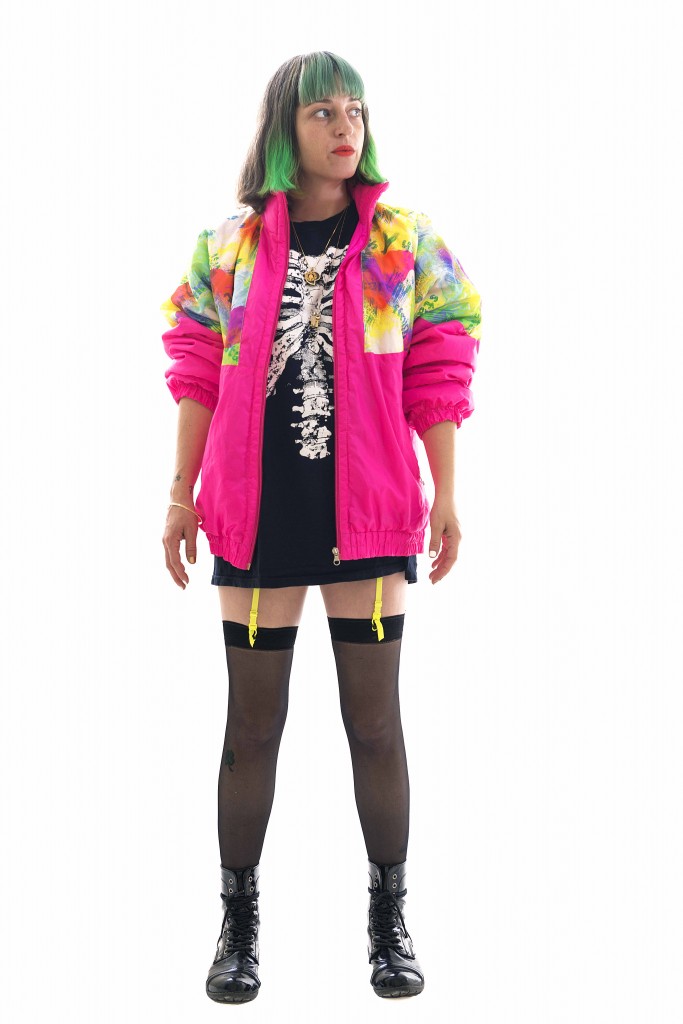
Tel Aviv art-scene figure
Raz Shapira-Fainburg goes
neon-macabre with skeletal tee
and electric colors.
Photo: The Tower/Aviram Valdman
There are undoubtedly complex negotiations that women have to make in Middle Eastern societies between challenging sexist restrictions, meeting social expectations and combining their faith, interests and fashion sense. Dressing the part cannot be taken at face value. Israel’s extreme sides of fashion are a microcosm for the country as a whole. Its style, like its people, has essential meaning behind its many layers.
Fashion, or particularly style, is a means of identity. It makes a statement and physically sets people apart—solidifying certain styles into cliques. The oft-theatrical and conservative garb of Orthodox Jews has long been a curious inspiration for couture designers, including the controversial Jean Paul Gaultier, Marc Jacobs and Alexandre Herchcovitch. And the accidental “style” has even sprung to surprising sartorial popularity with musicians such as Chassidic reggae-man Matisyahu.
Matisyahu has been frank about his past Orthodox dress and beliefs. “I felt that in order to become a good person I needed rules—lots of them—or else I would somehow fall apart,” he has said. (Interestingly, Matisyahu has attracted far less attention with his new clean-cut, magazine-model look than when he jumped around the stage sporting a black suit, tzitzit (fringes) and a long beard.)
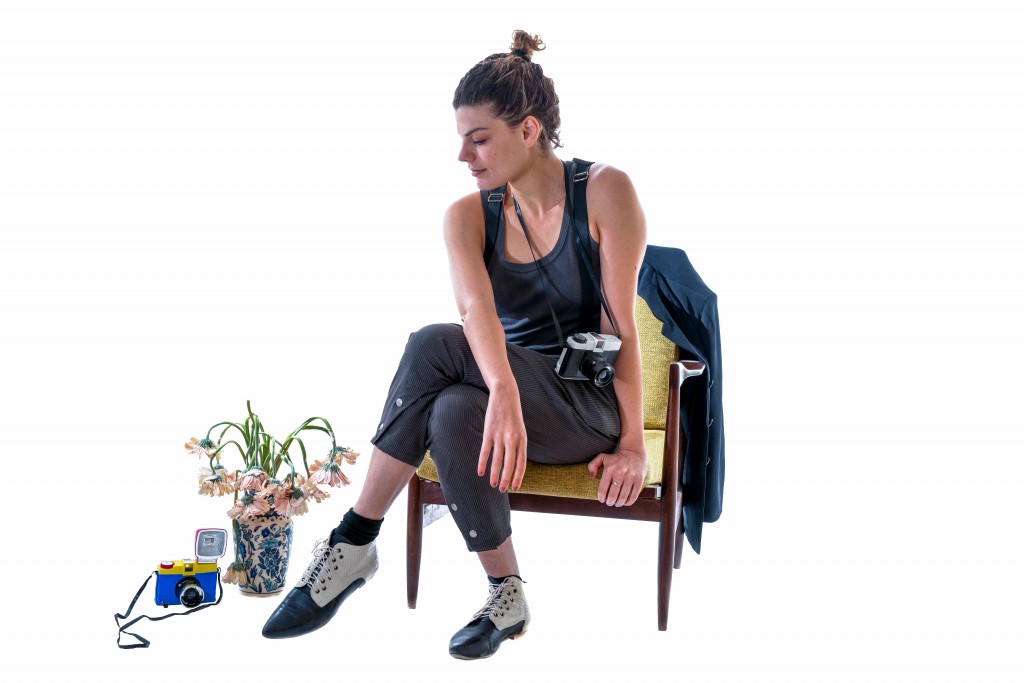
Sis Timberg blends European elegance with an Israeli attitude to style.
“My shoes are from Imelda, trousers from Inbal Gvili
and suspenders from Maya Shalev—all Israeli designers.”
Photo: The Tower/Aviram Valdman
Adi Tadmor, 29, was raised in a secular, upper middle-class neighborhood in Ramat HaSharon. He had a typical childhood, attending synagogue “in small decibels,” he says. He loved to party and had plenty of girlfriends. During his army service, he started to become interested in religion, shedding his Abercrombie and Fitch polos and opting instead for starched white, ubiquitous button-up dress shirts and a kippa. “I worked on my inner self, strengthening it, and my appearance started to change a little bit afterwards with time,” he says.
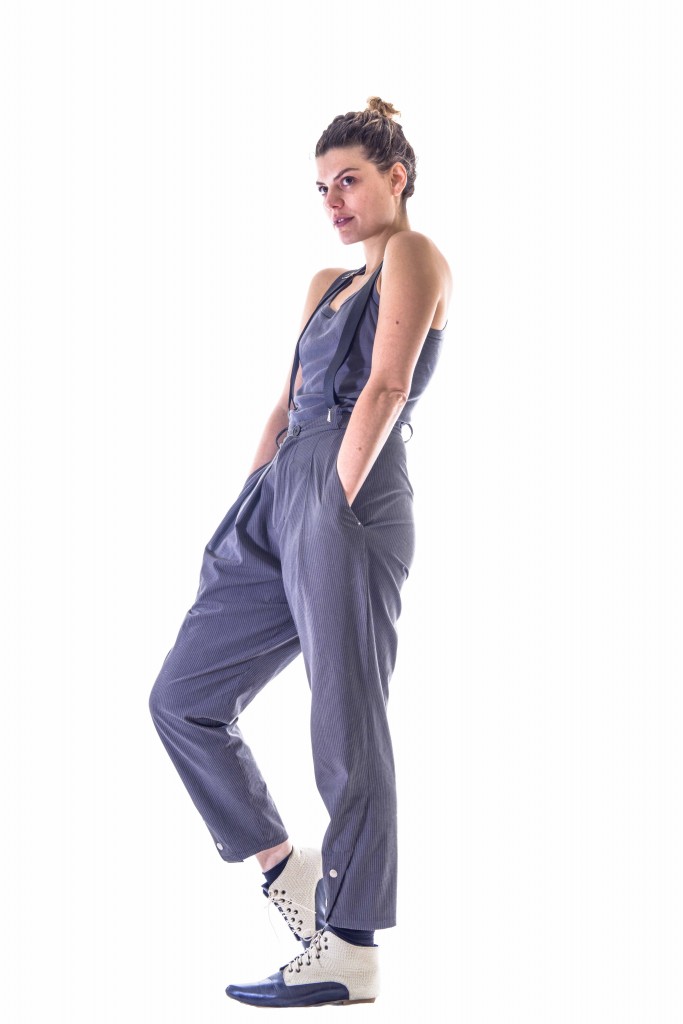
“The great thing about Tel Aviv
is that you’ll see girls who have literally
rolled out of bed and still emit
this blasé, innate style.”
Photo: The Tower/Aviram Valdman
“I grew up in an area that is like the Beverly Hills of Israel. What you look like is really important—the hairstyle, the make of your car. It took time for me to release myself from thinking about what people thought of me all the time—to bring myself from the inside to the outside.”
In Orthodox Jewish dress, clothing is not meant to “show off.” Tzniut (modesty) is a means of setting an example of something spiritual. “Prayer clothing is for standing in front of God. It is, at its core, a sign of respect,” Tadmor explains.
“Wearing a kippa and wearing a suit, you become more aware of yourself and your surroundings. Just like wearing heels affect your posture and your stature. Just like wearing tailored clothing, you feel the difference. It has a psychological effect on one’s behavior. It is something that gradually makes a tangible difference in a person’s demeanor and actions. This is the reason we dress how we dress.”
According to Israeli street-style blogger Yael Sloma, founder and photographer of thestreetswalker.com, “Jerusalem and Tel Aviv represent two opposites of the country. Tel Avivians stick to urban wear in monochromatic colors that reveal every shape and movement, but since a large portion of the population in Jerusalem dresses according to strictly religious rules, the attire is entirely affected by religion in different facets. Aside from modesty rules, there is also ‘international religious fashion,’ where women dress in a multitude of layers—a skirt over pants, a vest over a long shirt—and this look can be regarded as very bohemian and relaxed.”
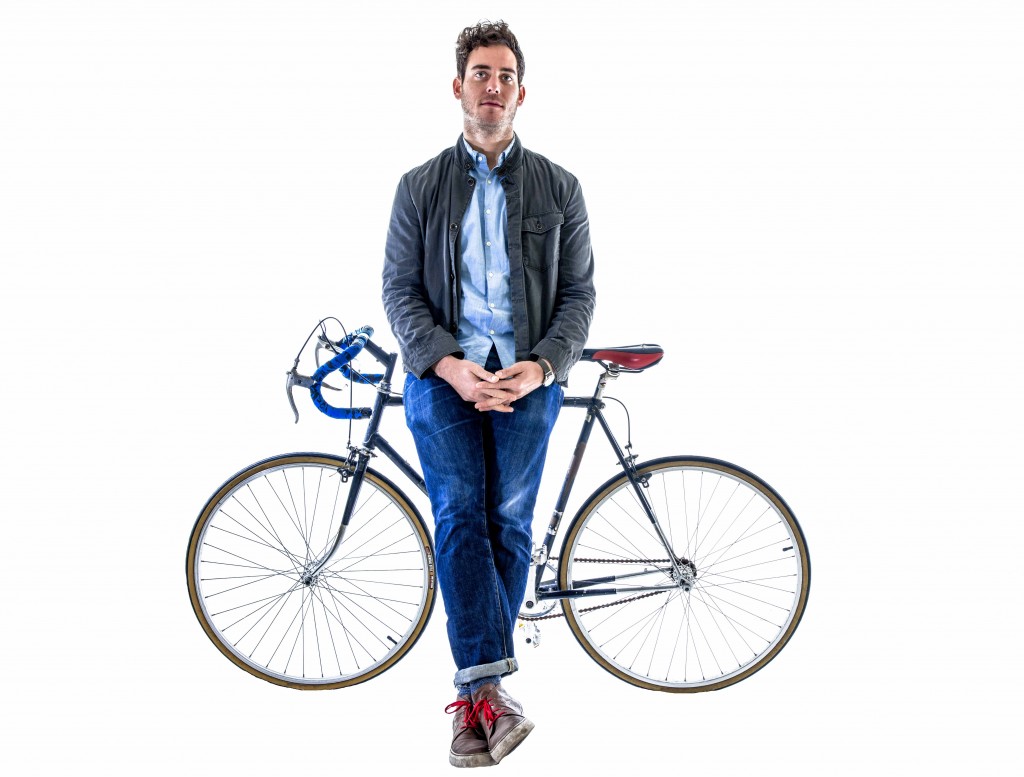
From French tailoring to American brands, expats like US-native Ross Belfer influence style in Israel. Photo: The Tower/Aviram Valdman
This fall/winter 2012 season, a slew of A-list designers, including Marc Jacobs, Chanel, Helmut Lang, Rag & Bone and Prada introduced a wearable styling trend incorporating vests over jackets over sweaters and over pants, with tailored combinations of skirts over pants. The exaggerated layered trend emerged on the runway at New York Fashion Week to very curious, yet highly interested reviews of critics and bloggers alike. In Jerusalem, this “trend” is just second nature—a way of combining modest dress with a personal sense of style.
An hour from Jerusalem, Tel Aviv is a universe away, sartorially speaking. As the place where young Israelis flock to gain their independence, in part by shedding the marks of a childhood spent on a kibbutz or country suburb (as well as the remaining olive-green residue of the army), an intimate motley of outsiders has created a secular hub for the in-the-know.
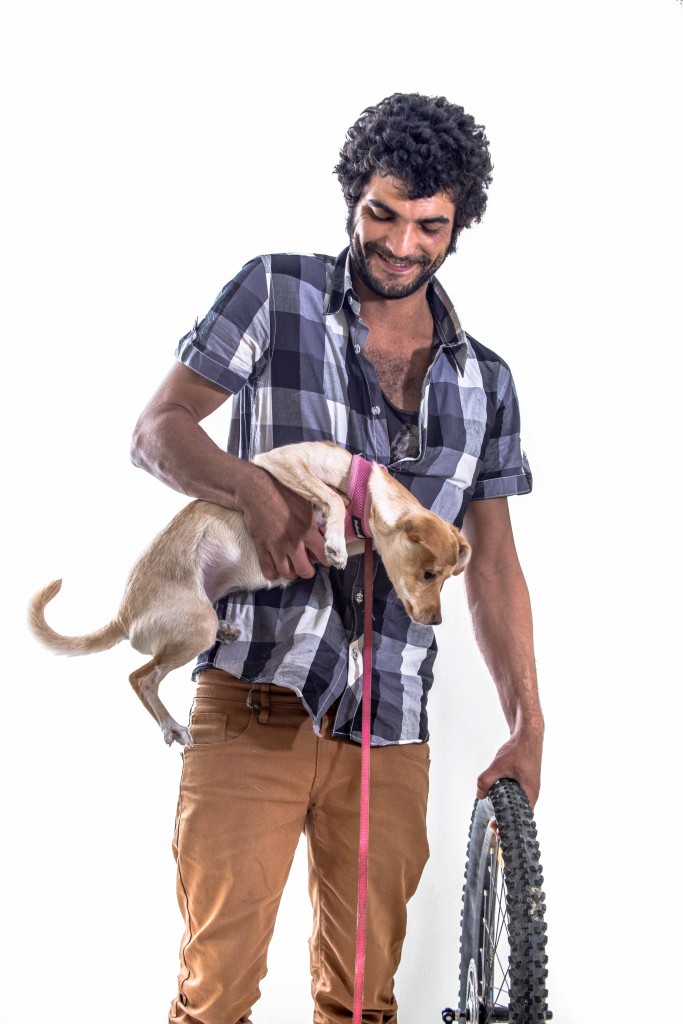
In Tel Aviv’s bohemian
center of Florentine, hipsters like Shachar
(and puppy) blend global trends
into the Mideast‘s un-self-conscious ease.
Photo: The Tower/Aviram Valdman
Alma Gissis, a 34-year-old musician and artist who lives in Tel Aviv, made her way to the city after being born and raised in Kibbutz Negba, which both sets of her grandparents founded in 1934. “I never felt like I belonged there. I didn’t agree to wear the same clothes as the other kids. They were so old-fashioned. In sixth grade, I started ripping up my shirts and pants and putting safety pins all over them,” Gissis says.
“Even though Israel is so small, if you leave Tel Aviv, you feel like you have gone back in time when visiting some other places,” she says. “The kibbutz is like that. Generations have passed, but the clothes, the music, the feeling—it’s all stayed the same. I went back a couple years ago to conduct a choir and they thought I looked so weird. I had to tone myself down a bit. There is just simply no reference for style there.”
Sis Timberg, another Tel Avivian transplant who was born and raised on a kibbutz, distinctly remembers how other Kibbutz members would respond if girls experimented with make-up, nail polish, or even the thought of wearing heels. The common reaction was, “What is this Purim? Have you turned into a city girl?” says Sis, who spent much of the past decade living and studying in Vienna and now markets the super-hip, 60s-era cult “lomography” camera, the Diana+.
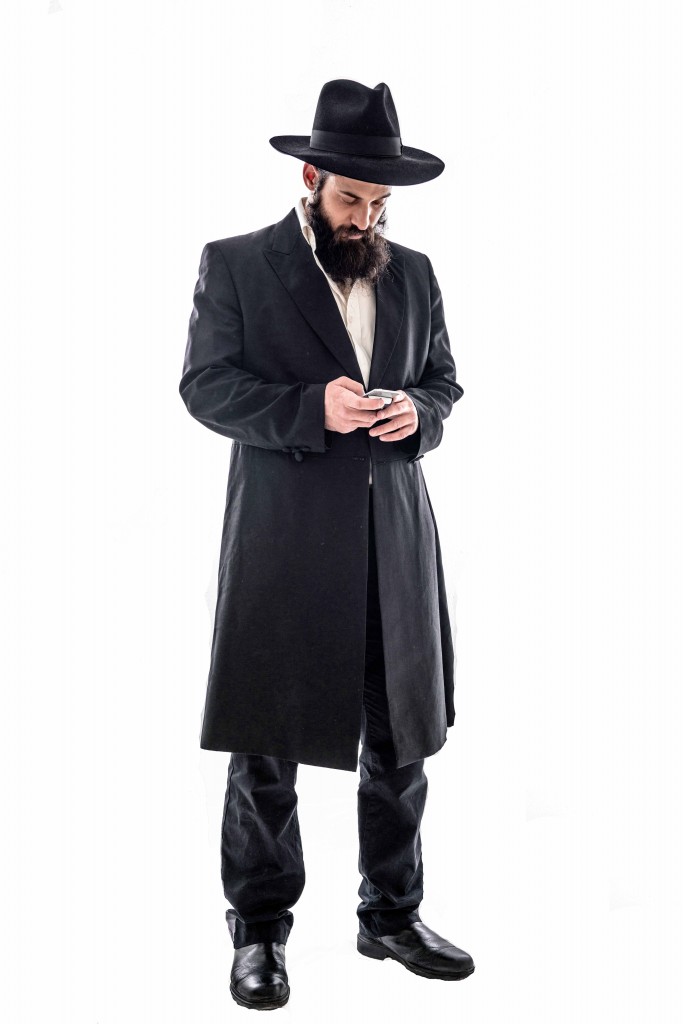
Clothes and appearance
play an important role in the mindset
of a religious Jew, says Adi Tadmor.
Photo: The Tower/Aviram Valdman
“I remember really feeling the need to branch out and have my own freedoms—especially with my individual style,” Sis continues. ‘The great thing about Tel Aviv is that you’ll see girls who have literally rolled out of bed with their hair completely undone, wearing flip flops, and they still manage to emit this blasé, innate style.”
In Tel Aviv, anything goes. It’s an elaborate and sexy macramé of styles and inspirations. And as the religious parts of Israel’s outskirts grow (both in size and intensity), Tel Avivians remain adamant about their passions—and the way they look.
“My husband and I share our closet,” says Tel Aviv art-world figure Raz Shapira-Fainburg, who manages one of the country’s most prominent street artists, Know Hope. “All of our clothes, we mix and match between us. Everything I’m wearing right now, my husband also rocks…except for the knee-highs.”
To rest of the world, a style like Shapira-Fainburg’s might be the last thing one would expect to be thriving in the stark landscape of Israel. But in truth, the clatter and clash of style representing the various lifestyles and beliefs that course through the country offer a surprising window to its stylistic outlook. In Tel Aviv, this is true to an almost astonishing degree. Hipster cliques in black American Apparel skinny jeans and vintage oxfords, teens in skimpy short shorts and logo tees, chic French and preppy American expats at lunch, and indie designer darlings—all are part of the city’s quilt. (But a skirt below the knee? They wouldn’t dare.)
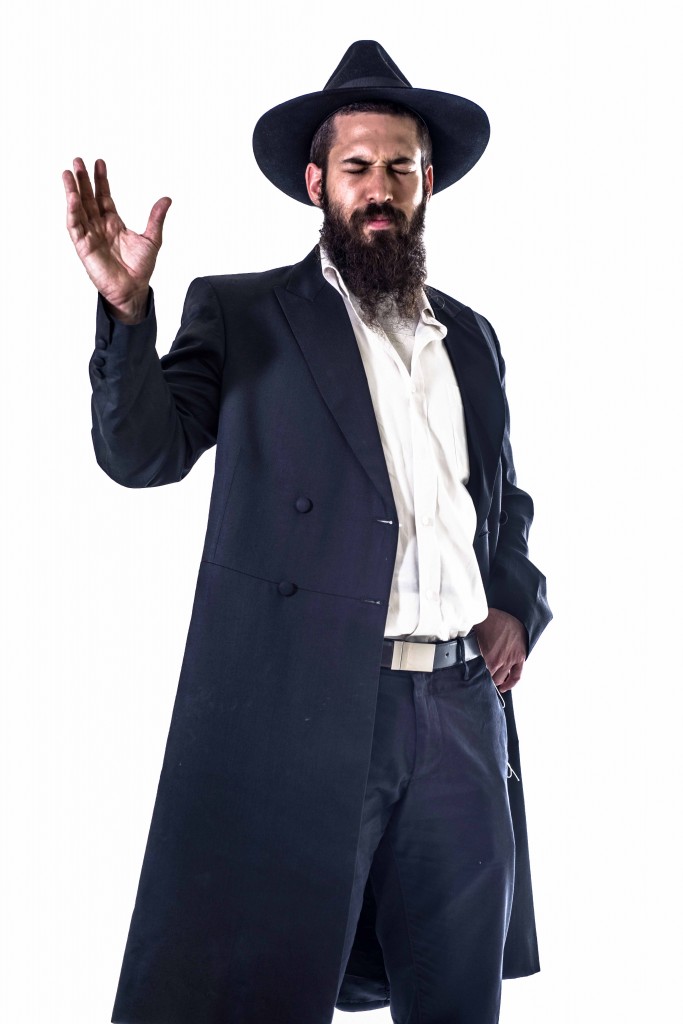
“Wearing a kippa and wearing
a suit, you become more aware
of yourself and your surroundings.”
Photo: The Tower/Aviram Valdman
The result isn’t so much dishevelment as a kind of stylistic fluidity that can be found in much of the country. Like Israel itself, style in Israel is a patchwork. It unconsciously borrows from a range of influences and works from an almost indefinable palette of colors and textures. The only instance of purism—found in the most religious neighborhoods of the country—itself contributes to a general absence of puristic principles in Israeli style. In the Bohemian Tel Aviv neighborhood of Florentine, hipsters in power-clashing colors chat with black-hatted chasids, and neither finds the getup of the other to be particularly shocking—or even interesting.
“Unlike other cities in the world, Israel doesn’t have a dress code,” says fashion blogger Sloma. “I think it’s part of an aversion that the founders of Israel had towards anything related to characterization, and it still pervades us today. The founding generation is defined by a general austerity that was suited to the economic situation of the State of Israel. This practical approach seeped into contemporary Israeli style, especially its modern-day extremely casual work attire and clothes that are conducive to the temperatures here. I think the positive aspect of this is that it releases us from stiff and rigid perceptions of fashion, enabling us to make choices with courage and creativity.”
Israelis use this boundlessness to their advantage. Comme Il Faut, an independently-owned boutique chain in Israel that sells high quality women’s wear, built a conceptual foundation on politics, creativity and integrity under the umbrella of a forward-thinking feminist agenda. The label’s spring/summer 2013 collection puts a distinctly Orthodox style in the spotlight, recognizing religious attire as an outlet for strength.
Inspired by decorative elements taken from Islam and Judaism, the collection sheds light on issues of identity, gender and imagination. The traditional Islamic burqa, designed to cover Muslim women (and, in some sense, protect from the male view) and the Jewish prayer shawl, a garment that Jewish men use to cover themselves during prayer, are both used as focal points in the collection (see slide show below).
The label also will turn to the djellaba, which is central to Arab dress, as a touchstone for one of its upcoming summer 2013 collections, using the garment as a blank canvas and a starting point in its designs. Original prints were also designed as part of the dismantling and assembly of the basic djellaba pattern. Different doses of bold colors and asymmetric changes break up its original, static uniform.
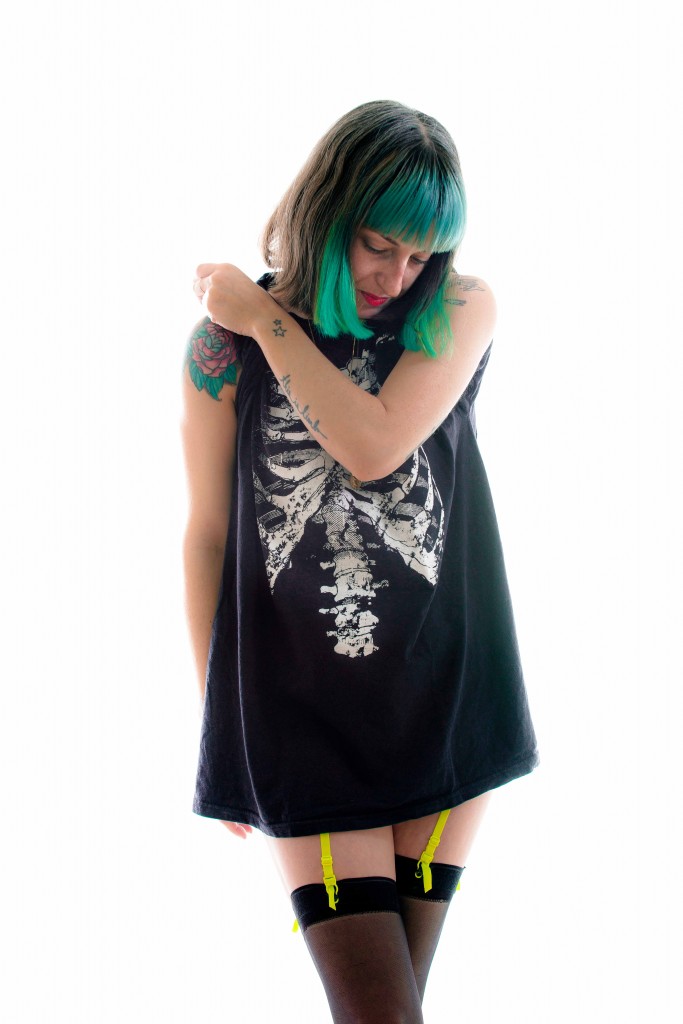
“My husband and I share our closet.
Everything I’m wearing, he also
rocks—except for the knee-highs.”
Raz Shapira-Fainburg.
Photo: The Tower/Aviram Valdman
Another Israeli designer taking cues from Israel’s traditional roots with a twist is Tamar Primak, creator and designer of the brand Ishtar. Aside from its handcrafted aesthetic, the label has almost entirely succeeded in the last five years based on word of mouth and online shops like Etsy and the Israeli marmalada.co.il. Jerusalem-born Primak graduated from Shenkar College of Engineering and Design before moving to Paris to apprentice for a painter. From there, after turning down an offer to work for Vivienne Westwood, Primak instead opted for a job at Schumacher, where she honed her skills as the key assistant to the head designer.
When Primak returned to her native Israel, she brought her European sensibility with her, launching Ishtar (the mother of the ancient Middle East). Distinguished by earthy separates and dresses, the brand pays homage to the deserts of Sodom, with tribal prints, hand-painted etchings on ankle-length canvas skirts, 60s Israeli looks including imported fabrics from local villages and reinterpretations of Middle Eastern vests, robes and traditional garb from Syria and Egypt.
Modest fashions have long waxed and waned on the international catwalks from season to season. The current popular wave of tucked in, buttoned up and covered styles are being introduced in new and interesting ways to the fashion scene with welcome arms. That is not to say that showing one’s shape won’t be a la mode in full effect some season soon. But in Israel, a country of vast extremes, the covered and the uncovered surprisingly go hand-in-hand—all the time. In this sliver of a country, there is room for both and much more.
Banner Photo: The Tower/Aviram Valdman
![]()





